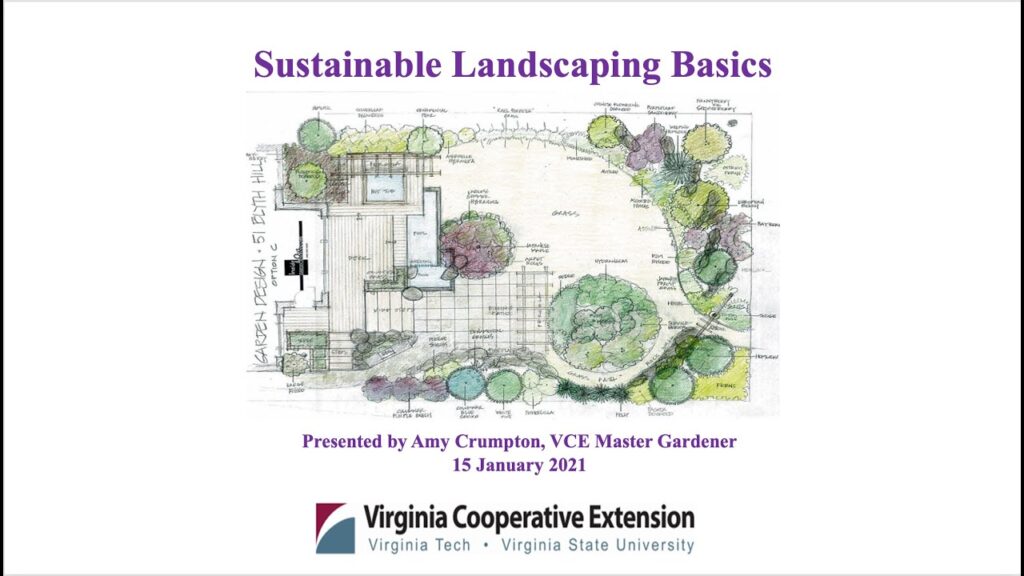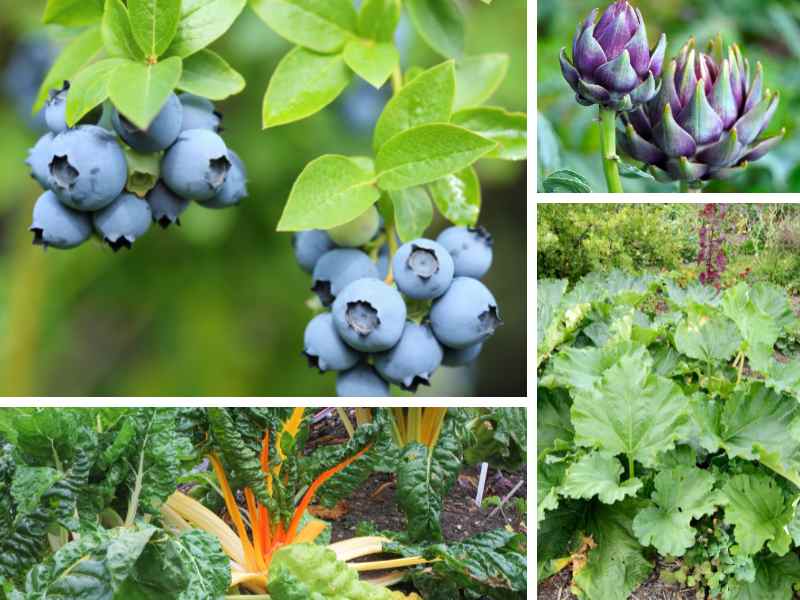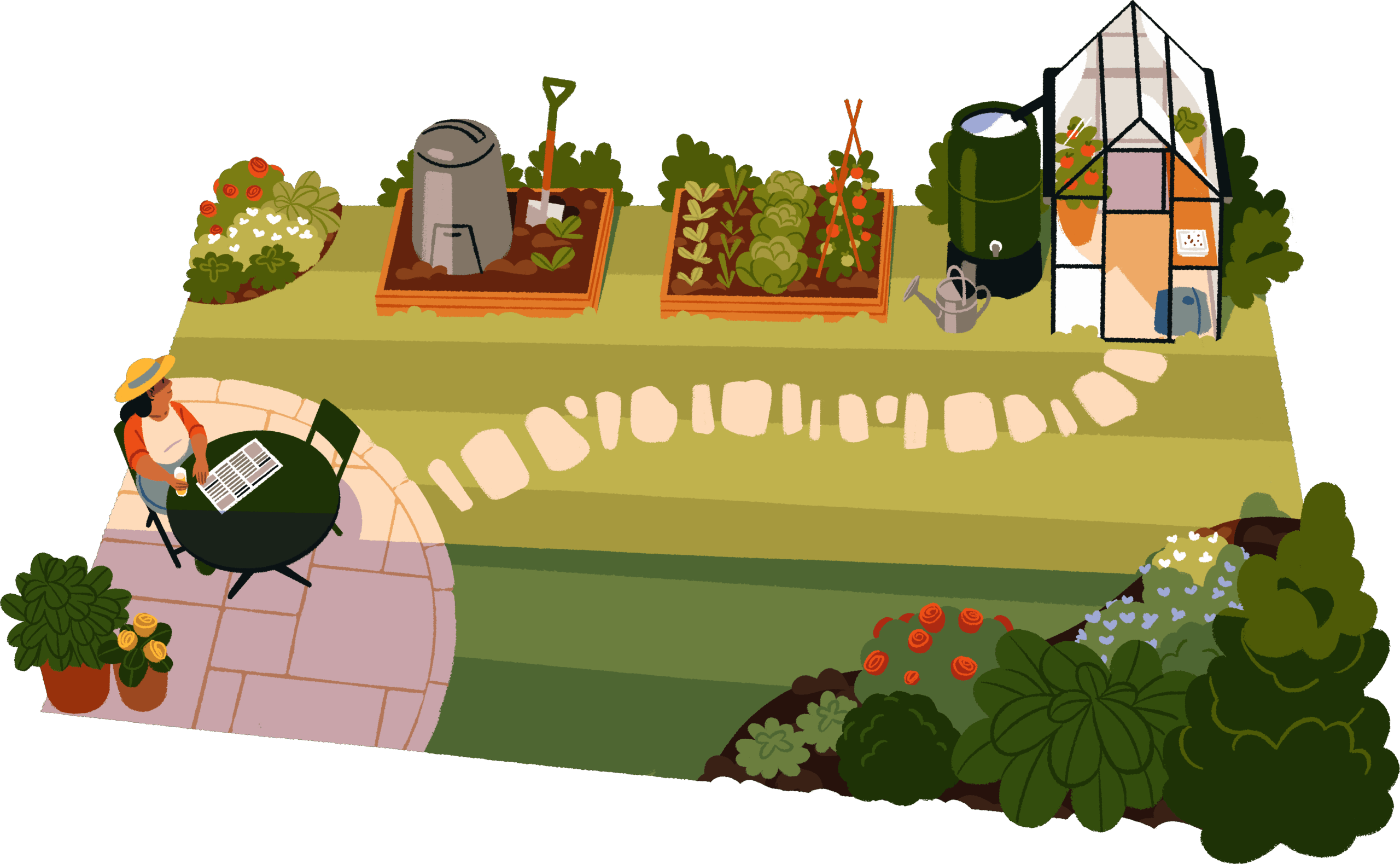
Choosing Green: A Guide to Sustainable Landscaping Material Selection
The world is waking up to the importance of sustainability, and that awareness is extending into every facet of our lives, including how we design and maintain our outdoor spaces. Sustainable landscaping isn’t just a trend; it’s a crucial shift towards environmentally responsible practices. One of the most impactful decisions you can make in this endeavor is selecting sustainable landscaping materials. These materials minimize environmental impact, promote biodiversity, and create healthier, more resilient landscapes. This comprehensive guide will walk you through everything you need to know about choosing the right materials for your sustainable landscaping project.
Why Sustainable Landscaping Materials Matter
Before diving into specifics, let’s explore the compelling reasons why selecting sustainable materials is so vital. Traditional landscaping often relies on materials that are resource-intensive to produce, transport, and install. They may also contain harmful chemicals that leach into the soil and water, posing risks to human health and the environment. Sustainable materials, on the other hand, offer a range of benefits:
- Environmental Protection: They minimize the use of virgin resources, reduce pollution, and help conserve ecosystems.
- Resource Conservation: Sustainable materials often utilize recycled or reclaimed content, lessening the demand for new raw materials.
- Improved Air and Water Quality: Many sustainable materials are non-toxic and help filter pollutants, contributing to cleaner air and water.
- Enhanced Biodiversity: They can create habitats that support local wildlife, fostering a thriving ecosystem.
- Long-Term Cost Savings: Sustainable materials often have longer lifespans and require less maintenance, leading to cost savings over time.
- Aesthetics: Sustainable materials can be just as beautiful and versatile as conventional options, often adding unique character to your landscape.
Key Considerations When Selecting Sustainable Materials
Making informed choices requires careful consideration. Here are some key factors to keep in mind when selecting sustainable landscaping materials:
1. Material Sourcing
Where a material comes from is paramount. Look for materials sourced locally to reduce transportation emissions and support local economies. Consider the extraction methods used. Are they sustainable and non-destructive? For example, responsibly harvested timber and stone quarried with minimal environmental impact are good choices.
2. Recycled Content
Materials with recycled content are a cornerstone of sustainable landscaping. They reduce the need for virgin materials and divert waste from landfills. Look for products made from recycled plastic, glass, rubber, or concrete. Check product labels and specifications for the percentage of recycled content.
3. Durability and Longevity
Choose materials built to last. Durable materials require less frequent replacement, which minimizes waste and reduces the need for new resources. Consider the expected lifespan of the material and its resistance to weather, wear, and tear. High-quality, durable options often prove more cost-effective over the long term.
4. Toxicity and Chemical Content
Avoid materials that contain harmful chemicals. Many conventional landscaping materials, such as treated lumber, can leach toxins into the soil and water. Opt for non-toxic alternatives like untreated wood, natural stone, and recycled materials. Always check product specifications for chemical content and VOC (volatile organic compound) emissions.
5. Water Conservation
Water is a precious resource. Choose materials that help conserve water, such as permeable paving, drought-tolerant plants, and mulches that retain moisture. Permeable paving allows rainwater to seep into the ground, replenishing groundwater and reducing runoff. Drought-tolerant plants require less irrigation, saving water and reducing your water bill.
6. Maintenance Requirements
Consider the maintenance needs of the materials you choose. Some materials require frequent cleaning, sealing, or replacement, which can be time-consuming and resource-intensive. Choose materials that are low-maintenance to save time, money, and environmental impact. For instance, decomposed granite or gravel pathways often require less upkeep compared to concrete.
7. Aesthetics and Design
Sustainable materials can be just as attractive and versatile as conventional options. Consider the aesthetic appeal of the material and how it complements your overall landscape design. Explore a variety of materials to find options that suit your style and preferences. From reclaimed wood to natural stone, there’s a sustainable choice for every design.
Sustainable Material Options for Various Landscaping Elements
Now, let’s delve into specific sustainable material options for different areas of your landscape:
1. Paving and Walkways
- Permeable Pavers: Made from concrete, clay, or recycled materials, these pavers allow rainwater to filter through, reducing runoff and replenishing groundwater.
- Gravel and Crushed Stone: These materials are affordable, permeable, and come in various colors and sizes. Choose locally sourced options to minimize transportation emissions.
- Decomposed Granite: A natural, decomposed granite surface that is easy to install and provides a permeable surface.
- Recycled Rubber Pavers: Made from recycled tires, these pavers are durable, shock-absorbent, and come in various colors and designs.
- Reclaimed Brick and Stone: Using reclaimed materials gives a unique aesthetic and reduces the demand for new resources.
2. Walls and Retaining Structures
- Natural Stone: A beautiful and durable option that blends seamlessly with the natural environment. Choose locally sourced stone to reduce transportation impacts.
- Reclaimed Wood: Using reclaimed lumber adds character and prevents deforestation. Ensure the wood is untreated and suitable for outdoor use.
- Concrete Blocks with Recycled Content: Concrete blocks made with recycled aggregate reduce the need for virgin materials.
- Earthbag Construction: An innovative technique using bags filled with earth, creating strong, sustainable walls.
3. Decking and Fencing
- Recycled Plastic Lumber: Made from recycled plastic, this lumber is durable, weather-resistant, and requires minimal maintenance.
- Responsibly Harvested Wood: Look for wood certified by organizations like the Forest Stewardship Council (FSC), ensuring sustainable forestry practices.
- Bamboo: A fast-growing, renewable resource that is a sustainable alternative to traditional wood.
- Reclaimed Wood: Adds character and reduces the demand for new wood.
4. Mulch and Soil Amendments
- Wood Chip Mulch: Made from recycled wood, this mulch helps retain moisture, suppress weeds, and improve soil health.
- Compost: A nutrient-rich soil amendment made from decomposed organic matter. It improves soil structure, fertility, and water retention.
- Leaf Mold: Made from decomposed leaves, leaf mold is an excellent soil amendment that improves soil structure and drainage.
- Straw Mulch: An excellent choice for vegetable gardens and other areas where weed suppression is important.
5. Irrigation Systems
- Drip Irrigation: A water-efficient irrigation system that delivers water directly to plant roots, minimizing water waste.
- Smart Irrigation Controllers: These controllers use weather data and soil moisture sensors to optimize watering schedules, conserving water.
- Rain Barrels: Collect rainwater for irrigation, reducing reliance on municipal water sources.
6. Outdoor Furniture
- Recycled Plastic Furniture: Durable, weather-resistant, and made from recycled plastic.
- Reclaimed Wood Furniture: Adds character and reduces the demand for new wood.
- Bamboo Furniture: A sustainable and stylish option.
- Metal Furniture with Recycled Content: Look for furniture made with recycled steel or aluminum.
Choosing the Right Plants for Sustainable Landscaping
While the materials you choose are critical, the plants you select are equally important for a sustainable landscape. Native plants are the cornerstone of an eco-friendly garden because they are adapted to the local climate and soil conditions, requiring less water, fertilizer, and pesticides. They also provide essential habitat and food sources for local wildlife.
Here are some tips for choosing the right plants:
- Select Native Plants: Research plants native to your region. Local nurseries and extension services can provide valuable information.
- Consider Water Needs: Group plants with similar water requirements together to optimize irrigation.
- Choose Drought-Tolerant Varieties: These plants can thrive with minimal watering, reducing water consumption.
- Plant for Biodiversity: Choose a variety of plants to attract pollinators, birds, and other beneficial insects.
- Avoid Invasive Species: These plants can spread aggressively and displace native plants.
Sustainable Landscaping Practices to Consider
Beyond material selection, several other practices contribute to a sustainable landscape:
- Reduce Lawn Areas: Lawns require significant water, fertilizer, and maintenance. Consider replacing portions of your lawn with native plants, ground cover, or permeable paving.
- Compost and Mulch: Compost and mulch improve soil health, reduce water consumption, and suppress weeds.
- Minimize Chemical Use: Avoid using pesticides and herbicides. Instead, opt for organic pest control methods and natural fertilizers.
- Conserve Water: Use efficient irrigation systems, collect rainwater, and choose drought-tolerant plants.
- Reduce Waste: Compost yard waste, recycle materials, and choose durable, long-lasting products.
- Embrace Natural Landscaping: Let your landscape be inspired by nature. This often means less mowing, less fertilizing, and more wildlife habitat.
Finding Sustainable Landscaping Materials: Where to Shop
Finding the right materials is essential. Here’s where you can look:
- Local Nurseries and Garden Centers: Many nurseries are increasingly offering sustainable materials and native plants.
- Recycling Centers and Demolition Sites: These sites often have reclaimed materials such as brick and wood.
- Home Improvement Stores: Major stores are expanding their sustainable product lines.
- Specialty Suppliers: Search online for suppliers specializing in sustainable landscaping materials.
- Online Marketplaces: Websites like Etsy and Craigslist can be a source for reclaimed and recycled materials.
Calculating the Environmental Impact: Life Cycle Assessment (LCA)
To truly understand the sustainability of a material, consider its life cycle assessment (LCA). LCA evaluates the environmental impact of a product from its raw material extraction to its disposal. It considers factors like energy consumption, greenhouse gas emissions, water usage, and waste generation. While a full LCA can be complex, you can look for products with certifications and labels that indicate they have undergone an LCA or have demonstrated a reduced environmental impact. The most common and helpful certifications include:
- LEED (Leadership in Energy and Environmental Design): A widely recognized green building rating system that includes credits for using sustainable landscaping materials.
- Cradle to Cradle Certified: This certification assesses products across five categories: material health, material reutilization, renewable energy and carbon management, water stewardship, and social fairness.
- Forest Stewardship Council (FSC): Certifies responsibly sourced wood from sustainably managed forests.
- Recycled Content Certifications: These certifications verify the percentage of recycled content in a product.
Tips for Implementing Sustainable Landscaping
Putting your knowledge into action can be rewarding. Here are some tips to get you started:
- Start Small: Begin with a small project to gain experience and build confidence.
- Plan Your Design: Consider your site conditions, climate, and personal preferences.
- Research Materials: Investigate the sustainability of different materials and choose the best options for your project.
- Consult Professionals: Consider working with a landscape architect or designer who specializes in sustainable practices.
- Educate Yourself: Stay informed about the latest sustainable landscaping techniques and materials.
- Be Patient: Building a sustainable landscape is a process. It may take time to see the full benefits.
- Embrace the Process: Enjoy the journey of creating a beautiful, eco-friendly outdoor space.
The Future of Sustainable Landscaping
Sustainable landscaping is no longer a niche concept; it’s becoming the standard. As awareness of environmental issues grows, demand for sustainable materials and practices will continue to increase. Expect to see more innovative products, technologies, and design approaches that further minimize environmental impact and enhance the beauty and functionality of outdoor spaces. Future trends include:
- Biophilic Design: Incorporating natural elements and designs to connect people with nature.
- Green Infrastructure: Using vegetation and other natural systems to manage stormwater and improve air quality.
- Vertical Gardens and Green Walls: Maximizing green space in urban environments.
- Smart Irrigation and Water Management: Using technology to optimize water use.
- Growing Interest in Edible Landscaping: Integrating food production into landscapes.
Sustainable landscaping isn’t just about protecting the environment; it’s about creating healthy, vibrant, and beautiful spaces for ourselves and future generations. By choosing sustainable materials and practices, you can make a positive impact on the planet while creating a landscape that enhances your quality of life. The choices we make today will shape the landscapes of tomorrow. Embracing sustainability in your outdoor spaces is an investment in a healthier, more resilient future. So, take the first step, explore the options, and start creating a landscape that is good for you and good for the earth.


